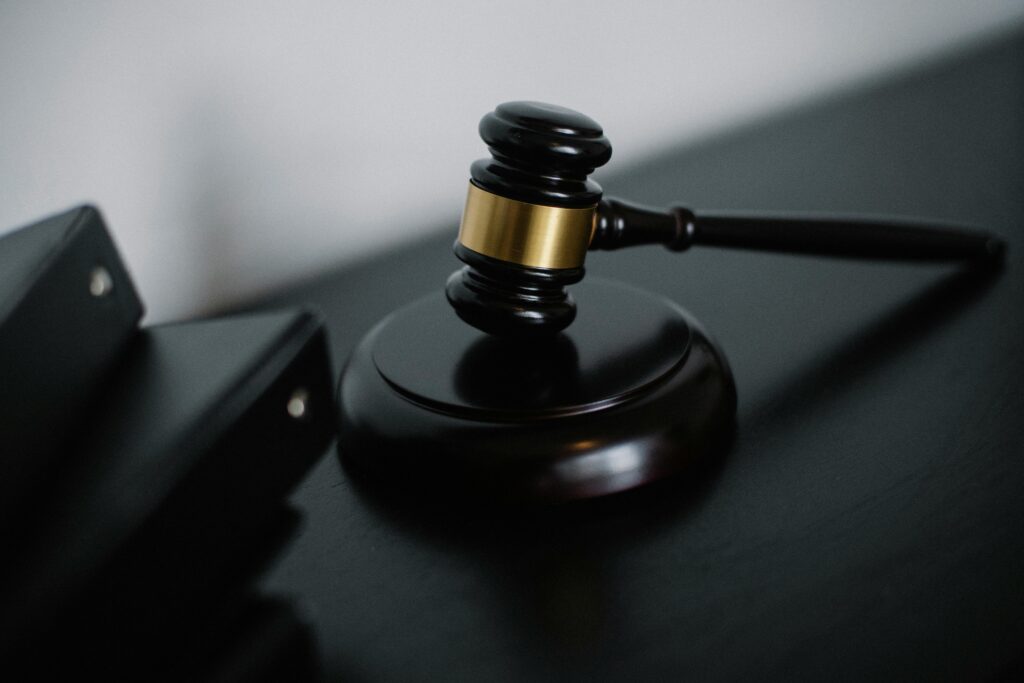Published On: 31st October, 2024
Authored By: Saniya Momin
ILS law college, Pune
Kesavananda Bharati Sripadagalvaru & Ors. Vs State of Kerala And Anr. on 24 April 1973, AIR 1973 SUPREME COURT 1461, 1973 4 SCC 225
Coram:
S.M. Sikri, A.N. Grover, A.N. Ray, D.G. Palekar, H.R. Khanna, J.M. Shelat, K.K. Mathew, K.S. Hegde, M.H. Beg, P. Jaganmohan Reddy, S.N. Dwivedi, Y.V.Chandrachud
Introduction:
India’s Constitution was rescued on April 24, 1973, and its status as the nation’s supreme law was established. On this day, the largest bench (13 judges) in India rendered a historic ruling in the case of Kesavananda Bharati V. The State of Kerala, overturning the previous record of 11 judges set in the Golaknath ruling. The struggle between the legislative, executive, and judicial branches of government was lessened as a result of this case. This case, also known as the Fundamental Rights Case or the Basic Structure Doctrine Case, is regarded as one of the most significant ones that signalled the emergence of Indian democracy after the country’s independence.
Background:
Keshavnanda Bharti case has its context set from the precedents by the Supreme Court laid in various judgements; which are as follows:
Following that was Sajjan Singh v. the State of Rajasthan (1965 AIR 845), which upheld Sankari Prasad’s ruling that the legislature could change any provision of the Constitution, including the Fundamental Rights within the purview of Article 368. However, Justice Hidayatullah and Justice Mudholkar—who developed the “Basic structure doctrine”— presented a dissenting opinion in this case.[1]
Change in Game began in 1967 with the announcement of the Golaknath v. State of Punjab (1967 AIR 1643) case. The Supreme Court ruled in this case that the government could not change the fundamental rights guaranteed by Part III of the Indian Constitution.[2]
This was the beginning of it all. These rulings that aimed to limit the government’s power infuriated it. The government began to take the initiative in the 1970s and introduced the 24th Constitutional amendment (which allowed Parliament to amend any part of the document) with others like the 25th constitutional amendment (which removed the right to property as a fundamental right) and 29th constitutional amendment (which included two Kerala land reforms in 1969 and 1971) to overturn rulings that were similar to the Golaknath ruling. The government now has unlimited authority to change or even abolish fundamental rights because of these revisions.[3]
Facts:
Kesavananda Bharti, the primary applicant, served as the leader of a religious group at
Edneer Mutt in Kerala. Kesavananda Bharati owned specific parcels of land belonging to the religious group. The state government and the sect members had some disagreements
regarding who owned the lands. The Land Reforms Amendment Act, 1969, introduced by the Kerala state government, granted the government authority to acquire certain portions of land owned by individuals.
Kesavananda Bharati approached the Supreme Court through Article 32 citing violation of his fundamental rights under various articles of the Indian constitution such as Article 25 (Rights to practise and propagate religion) and Article 26 (Right to manage religious affairs), Article 14 (Right to Equality), Article 31 (Compulsory Acquisition of property) and Article 19(1)(f) (Freedom to acquire property.
While the case was still being decided in court, the Kerala government introduced a new act known as the Kerala Land Reforms (Amendment) Act, 1971[4]. In Golaknath vs the State of Punjab, amendments were introduced such as the 24th Constitutional (Amendment), Act 1971, affirming Parliament’s authority to make changes to the constitution. According to the 25th Constitutional (Amendment) Act, if the state government seizes private property, it is not obligated to provide equal compensation to the owner.[5]
Issues:
The issues that were brought up in this court went beyond what the petition’s initial objective was. The following enquiries were addressed by the Supreme Court:
- Whether the 24th, 25th, and 29th constitutional amendments were valid?
- Whether the power of the Parliament to amend the Constitution is unrestricted in its scope, and whether in the exercise of this power, it could amend the Fundamental Rights as enshrined in Part III of the Constitution under the ambit of Article 368.
Ratio:
By a thin majority of 7:6, the court held that
The Parliament can make extensive changes to the Constitution through Article 368, but it is not allowed to completely change or dismantle the fundamental structure or outline of the Constitution. This led to the formation of the Basic Structure Doctrine. The Constitution’s
fundamental principles are its core features that define its identity and coherence. These make up the fundamental framework which cannot be revoked even by using amending power
under Article 368. While the amending power has no specific restrictions, there are inherent limitations based on the Constitution’s fundamental principles. The fundamental framework constrains parliament’s ability to make changes. Key principles such as the Constitution’s
supremacy, republican and democratic government, secular nature, and division of powers are integral components that are irreversible. Judicial review is an integral component of the
fundamental framework. The exclusion of judicial review made Article 31C unconstitutional and it violated the basic structure, but the validity of the 24th and 29th Amendments was
upheld. Section 2 and the beginning of Section 3 of the 25th Amendment were affirmed, but the latter half of Section 3 was invalidated.
The majority decided to maintain the ruling of the Golaknath case going forward and only
overturn it for future changes. Constitutional amendments have been evaluated against the fundamental framework since Kesavananda Bharati’s case.
While there were some shared views on general principles, disagreement arose among judges regarding the definition, extent, and components of the basic structure doctrine due to
conflicting rationale presented. The case did not produce one unanimous ratio decidendi but established guiding principles.[6]
Judgement:
On 24th April 1973, a 13-judge bench made a decision where most judges agreed with the ‘Basic Structure Doctrine’ to limit Parliament’s power to amend the Constitution, stating that the basic structure cannot be changed despite Parliament’s unrestricted authority. It was determined that the concept of ‘amend’ does not cover the fundamental structure and any changes would need to pass a ‘basic structure test. This fundamental framework was not distinctly outlined and was subject to future court interpretations.
The 24th Amendment was deemed constitutional while certain sections of the 25th Amendment were declared invalid, specifically the first part within legal authority and the second part beyond legal authority. Several main features included were the division of powers, evaluation by the judiciary, the constitution’s ultimate authority, the equilibrium of fundamental rights and state policy directives, and the autonomy of the judiciary.
Conclusion:
Kesavananda Bharati was a major step forward in the development of constitutional law and judicial review in India. The case signified a transfer of power towards the judiciary, restraining unlimited parliamentary authority and supporting the rule of law and the Constitution’s supremacy.
The basic structure doctrine increased the power of judicial review over constitutional amendments by placing restrictions on parliament’s ability to amend. It allowed the Supreme Court to invalidate any amendment that changes or goes against the fundamental framework of the Constitution. This guaranteed the preservation of the fundamental principles even with evolving needs and situations.
Nevertheless, critics contend that the doctrine is anti-democratic and impedes social reform by limiting the authority of parliament. Judges can subjectively interpret due to unclear basic structure. Differing viewpoints in Kesavananda have led to a lack of clarity and unsureness about the extent and implementation of the doctrine.
Through the years, the doctrine has been upheld in instances such as Indira Gandhi v. Raj Narain, Minerva Mills v. Union of India etc. and used to invalidate modifications that went against democracy, judicial autonomy, secularism and other fundamental characteristics. It continues to be a fundamental aspect of constitutional analysis.
The Supreme Court’s innovative judicial craftsmanship and constitutional statesmanship in Kesavananda Bharati greatly strengthened the Constitution’s ability to withstand challenges and enduring nature. It set up the principles of the rule of law and constitutional supremacy as lasting fundamental standards.
References:
[1] (1965 AIR 845)
[2] (1967 AIR 1643)
[3] The 24th Constitutional Amendment Act
[4] Kerala Land Reforms (Amendment) Act, 1971
[5] (1967 AIR 1643)
[6] Manik Tindwani, “Kesavananda Bharati v. State of Kerala (1973)”(3 November 2023)Lawfoyer <https://lawfoyer.in/kesavananda-bharati-v-state-of-kerala-1973> 12 August 2024



